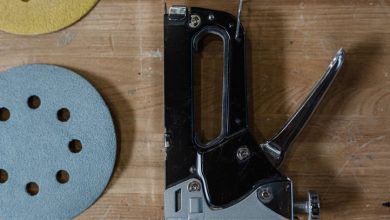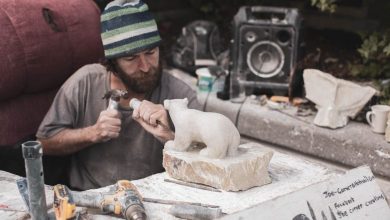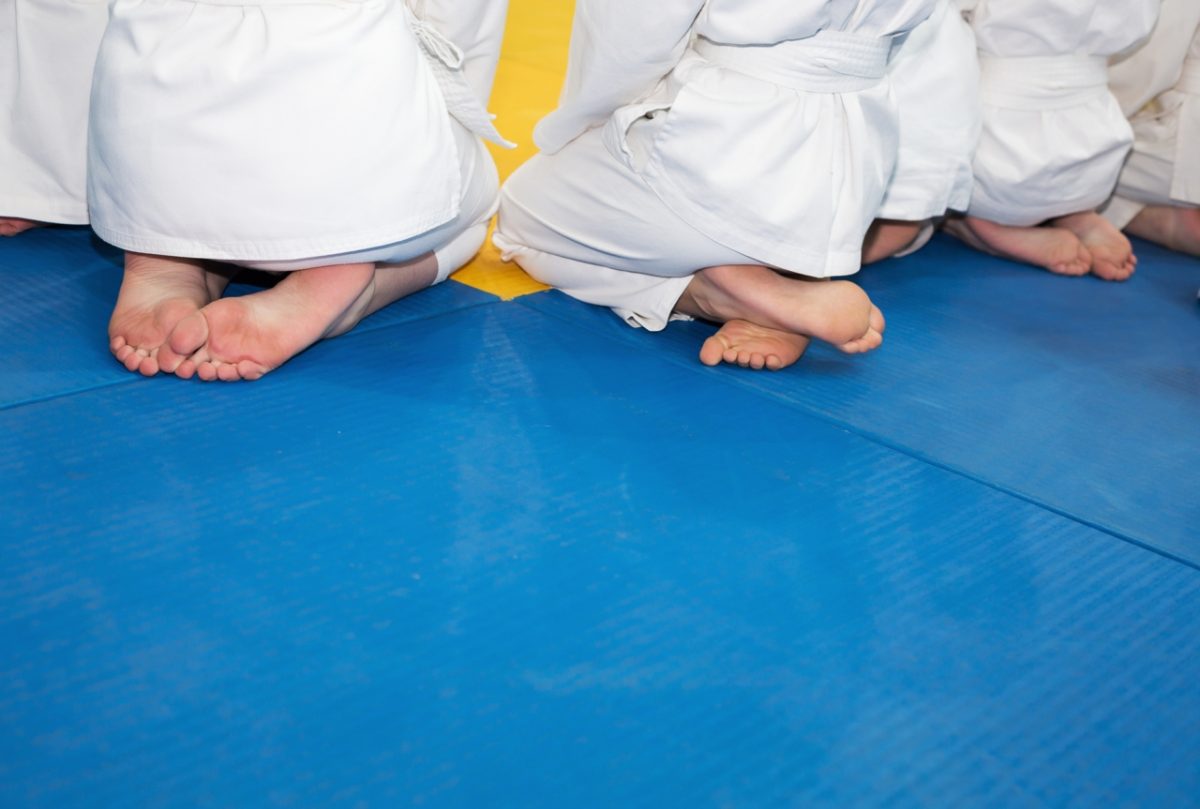Equipment Needed to Deal With a Flood in Your Home: Essential Tools for Emergency Water Damage Response
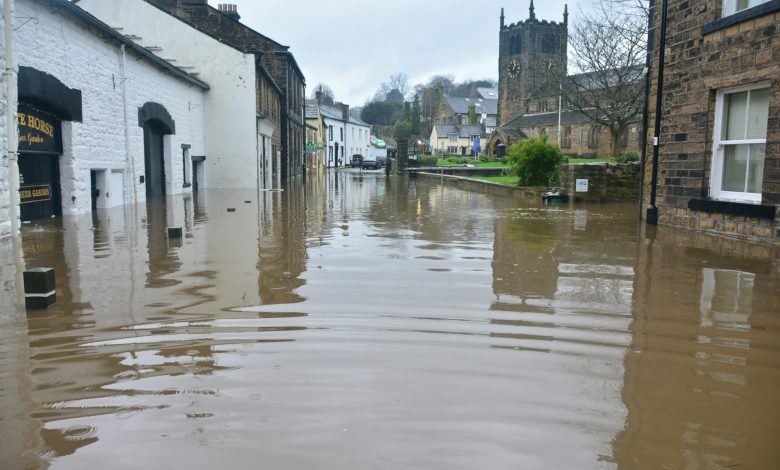
Flooding can strike out of nowhere and wreak havoc on homes. Once water starts pouring in, you’ve got to act fast—and having the right gear on hand is a game-changer. Most people never think they’ll need a sump pump or hazmat gloves until it’s too late.
The right flood response equipment includes safety gear for protection, cleanup tools for removing water and debris, and emergency supplies to maintain basic needs during the crisis. There’s actually a surprising number of tools you’ll want ready: waterproof boots, heavy vacuums, dehumidifiers, and yeah, even sandbags if you can get them. Each one has its own job in the chaos.
Flood water isn’t just rain—it drags in bacteria, chemicals, and sometimes sewage. So you need gear that can handle nasty stuff safely. Knowing what to gather ahead of time? It’s the difference between a quick recovery and a miserable, risky cleanup.
Essential Flood Response Equipment
Having the right equipment ready can make the difference between minor damage and major destruction when flood water enters a home. These tools help remove water quickly, protect belongings, and prevent further damage to the property.
Water Pumps
Sump pumps are the go-to for draining out flooded basements and crawl spaces. They’ll kick on automatically when water rises and can move hundreds of gallons per hour—pretty impressive for a little machine.
Electric sump pumps are great when the power’s on. But in a real flood, you can’t always count on that. Battery-powered or petrol-driven pumps are a must-have backup.
Submersible pumps can handle being underwater and don’t choke on dirty floodwater. Hook them up to hoses or pipes and send the water far away from your foundation.
Portable pumps are lighter and easier to move around than permanent setups, but they still pack some power. Most can lift water 25 feet straight up, which is honestly more than you’d expect.
Pump capacity matters a lot. A 2,000-gallon-per-hour model will clear a room way faster than a smaller one. Less time standing water means less damage soaking in.
Wet/Dry Vacuum Cleaners
Wet/dry vacuums are basically the Swiss Army knives for flood cleanup. Unlike your regular hoover, they’re built to suck up water safely and won’t short out.
Shop vacuums with big tanks (20 gallons or more) save you from constantly stopping to empty them.
They’re great for tight spots—under cabinets, behind toilets, all those awkward corners pumps can’t reach.
Most come with attachments for different surfaces: wide heads for floors, skinny tools for cracks and baseboards.
Powerful motors (5.5 horsepower or more) keep suction strong, even as the tank fills with gunk.
Dehumidifiers
After the water’s gone, you’re left with damp air that just won’t go away. So, hiring a dehumidifier to remove moisture from both the air and your carpets is crucial if you want to avoid mould.
Refrigerant dehumidifiers are best when it’s warm—above 15°C. They’re efficient and not too expensive to run.
Desiccant dehumidifiers work better in chilly spaces, like unheated basements in winter. They’ll dry things out even when it’s cold.
Check the capacity—a 20-litre unit is fine for a bedroom, but a big basement needs something in the 40-litre range or higher.
Continuous drainage is a lifesaver. Just hook up a hose and let the water flow out—no more emptying buckets every hour.
Sandbags and Flood Barriers
Sandbags are old-school but still work. Each weighs about 15kg once filled properly with sand or soil.
Proper stacking is key: start below ground level and overlap them like bricks so water can’t sneak through the gaps.
Plastic sheeting behind the bags helps block seepage. Heavy-duty polythene makes a decent waterproof layer.
Modern flood barriers are quicker to set up than sandbags. Some inflate with water in minutes and can block up to 60cm of floodwater.
Quick-deploy barriers use expanding polymers. They’re light, easy to handle, and surprisingly tough. One person can set them up, no shovel required.
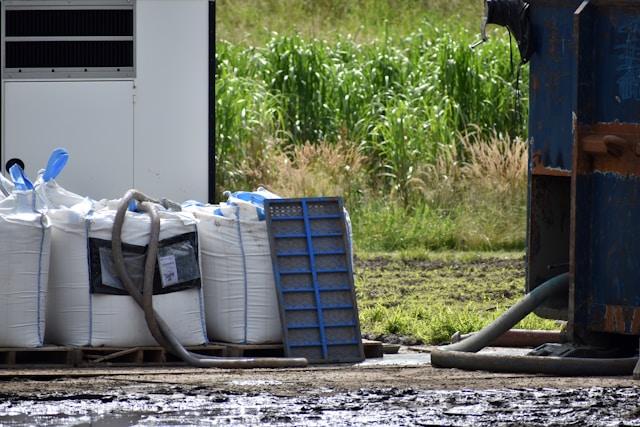
Safety and Personal Protection
Flood water carries dangerous substances like sewage, chemicals, and animal waste that can harm your health. Proper safety equipment protects against waterborne diseases, electrical hazards, and toxic fumes during flood response.
Waterproof Boots
Steel-toed wellington boots are the gold standard. They keep your feet dry and safe from sharp junk or hidden wires under the water.
Go for boots that reach at least 30cm up your leg—otherwise, water just pours in when you’re wading.
Key features to look for:
- Steel toe caps for debris protection
- Puncture-resistant soles
- Chemical-resistant rubber material
- Non-slip treads for wet surfaces
Regular wellies are okay for puddles, but steel-toed versions are worth it if you’re dealing with heavy debris.
Boots should fit snugly with thick socks. Too loose, and you’ll lose one in the mud. Too tight, and you’ll regret it after an hour.
Protective Gloves
Nitrile or neoprene gloves are your best bet for handling gross or sharp stuff in floodwater. They don’t tear as easily as basic rubber gloves.
Look for heavy-duty gloves with cuffs that go at least 15cm up your arm. That keeps water out if you’re reaching into murky corners.
Essential glove features:
- Waterproof material
- Chemical resistance
- Textured grip surface
- Extended cuff length
Skip disposable gloves—they rip too easily. Leather gloves just soak up contaminated water and get nasty fast.
If things are really bad, double up: thin disposables under thick waterproof gloves adds a layer of safety.
Swap out gloves if they rip, and always wash your hands after taking them off. Don’t trust appearances—contamination isn’t always visible.
Respirators and Face Masks
N95 respirators actually filter out mould and bacteria. Standard dust masks? Not enough for flood cleanup.
Mould is a real problem after a flood, especially in closed-off rooms or basements. Those spores can mess with your lungs.
Respiratory protection options:
- N95 masks for basic particle filtration
- P100 masks for maximum protection
- Half-face respirators for extended use
- Full-face masks for severe contamination
Always fit-test your mask. Press it on and inhale—if you feel air leaking, it’s not tight enough.
Change disposable masks when they get damp or hard to breathe through. Wet masks don’t filter well and can get gross fast.
If you’re in for a long cleanup, half-face respirators with replaceable filters are more comfortable and last longer than throwaways.
Cleanup and Restoration Tools
Once the water’s out, you need cleaning gear to get rid of all the grime and bacteria. The right tools make it possible to get your home safely back to normal.
Absorbent Materials
Paper towels and disposable cloths are best for the first pass on contaminated surfaces. Use them once and toss them—don’t spread germs around.
Microfibre cloths pick up fine dirt and bacteria. They’re better than old cotton rags for detail work.
Absorbent pads handle big puddles on floors or under furniture. Industrial pads soak up more than any towel you’ve got in the cupboard.
| Material Type | Best Use | Disposal Required |
|---|---|---|
| Paper towels | Initial surface cleaning | Yes |
| Microfibre cloths | Detail cleaning | No – washable |
| Absorbent pads | Large spills | Yes |
Keep these supplies in waterproof bins so they don’t get ruined before you need them.
Mops and Buckets
String mops are solid for dragging out debris and leftover water, especially on rough floors. Swap out mop heads often or you’ll just smear stuff around.
Sponge mops are better for smooth surfaces—tiles, lino, that sort of thing. They don’t need as much water, which helps control the mess.
Two-bucket systems are a must. One for clean water and disinfectant, the other for rinsing the dirty mop. Otherwise, you’re just moving germs from one spot to another.
Heavy-duty buckets with clear measurement lines make mixing cleaners less of a guessing game. Get ones with sturdy handles—you don’t want them snapping mid-cleanup.
Wringer buckets save your back and keep your hands out of the dirty water. Use them if you can.
Disinfectants and Cleaning Solutions
Bleach solutions are the classic choice—one part bleach to nine parts water does the trick for hard surfaces.
Antimicrobial cleaners made for flood cleanup are even better. They’re formulated to target nasty water-borne bugs and usually beat regular household sprays.
Detergent solutions are for mud and silt before you disinfect. Clean first, disinfect after—otherwise, you’re wasting effort.
pH-neutral cleaners are safest for delicate stuff like stone or hardwood. You don’t want to trash your floors while trying to clean them.
Always wear gloves when handling chemicals, and crack a window—fumes build up fast. If you’re unsure about a cleaner, test it on a hidden patch first.
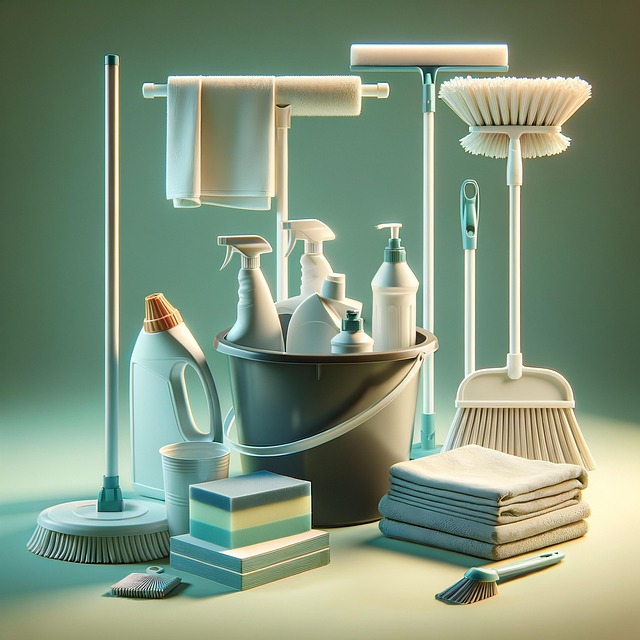
Emergency Supplies and Utilities
Floods knock out power and phone lines all the time, so battery-powered gear is essential. These basics help you stay safe and in the loop when everything else goes dark.
Portable Lighting
Battery-powered torches are your best friend when the lights go out. LEDs are brighter and last way longer than old-school bulbs.
Give every family member their own torch, and keep spare batteries in waterproof bags—nothing worse than dead batteries when you need them.
Essential torch features:
- LED bulbs for longer battery life
- Waterproof or water-resistant design
- Adjustable brightness settings
- Hand strap to prevent dropping
Lanterns are great for lighting up whole rooms—cooking, first aid, or just hanging out. Battery-powered camping lanterns are surprisingly bright.
Headlamps let you work hands-free, which is a lifesaver when you’re carrying gear or navigating flooded hallways.
Keep lights somewhere easy to grab. Check batteries every month or so—don’t wait for an emergency to find out they’re flat.
Battery-Powered Radios
Weather radios are a lifeline when mobile networks go down. NOAA stations keep up a steady stream of updates—flood warnings, evacuation routes, safety tips, you name it.
Look for radios with hand crank or solar charging. Trust me, you’ll want those options if the batteries bite the dust during a long outage.
AM/FM radios can pick up local news and emergency broadcasts. These days, most emergency radios seem to blend weather alerts and regular radio pretty seamlessly.
Key radio features to keep in mind:
- Multiple power sources (batteries, hand crank, solar)
- NOAA weather alert capability
- Built-in mobile phone charger
- Bright emergency torch
- Clear reception quality
Give your radios a monthly test run, just to be safe. It’s smart to program local emergency frequencies ahead of time—don’t wait until you actually need them.
Stash extra batteries somewhere dry. I’d even suggest picking up a couple of smaller radios instead of banking on one big one—easier to grab and go if things get hectic.
First Aid Kits
Waterproof first aid kits keep your medical supplies safe from water damage—pretty important during a flood, right? A basic kit should have the usual suspects: bandages, antiseptic, painkillers, and any prescription meds you or your family need.
Essential first aid supplies:
- Sterile gauze and medical tape
- Antiseptic wipes and antibiotic ointment
- Paracetamol and ibuprofen
- Prescription medications (at least a week’s worth)
- Thermometer and tweezers
It’s smart to stash kits in sealed plastic containers or waterproof bags. Keep one handy at home and toss another in the car—just in case you have to leave quickly.
If someone in your family needs special equipment, like inhalers, insulin, or mobility aids, make sure those are protected from water too.
Every six months or so, give your kit a once-over. Swap out anything expired so you’re not caught off guard when you really need it.
It’s also worth adding emergency contact info for doctors and pharmacies, plus any important medical history for folks with ongoing health issues.

